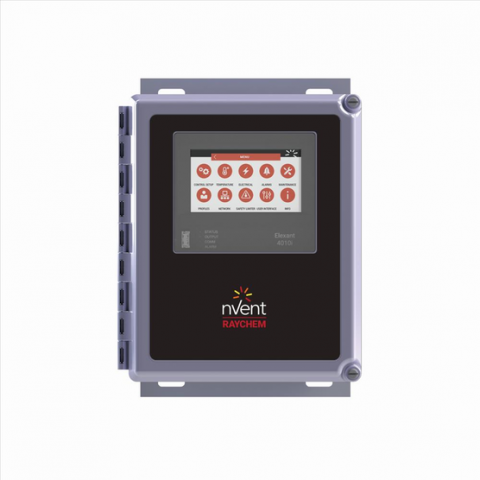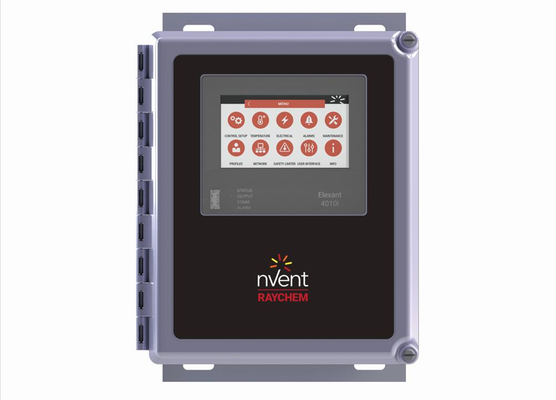Industrial facility operators are becoming acutely aware of the annual energy consumption within their plants. They are also under increasing pressure to reduce their energy costs and their carbon footprints.
Let’s explore electrical heat tracing systems and see where control and monitoring can help an industrial facility to be more energy efficient.
Electric heat tracing systems maintain the temperature of non-flowing fluids by replacing the heat loss on pipes, vessels, and associated equipment. The most common applications for heat tracing are freeze protection and process temperature maintenance.
Let’s review the typical control methods and see which can save the most energy and money
Self-regulating control (aka no controller)
In this case, connect the self-regulating heating cable (SR) to a power connection kit and energize it through a GFI breaker in a power distribution panel. Many times, people turn on the circuit breaker at the start of fall, and the SR heating cable does its job through the winter months.
Historically, it was common practice for pipe freeze applications to use the no-control SR method and just let the heating cable run at 100% power output. The inherent nature of self-regulating technology does adjust power output based on the ambient temperature. However, the system never turns off completely when the GFI breaker is on. If maintenance personnel forget to turn off the breaker after winter, energy is unnecessarily consumed. Even when temperatures are above freezing during winter and no heating is required, energy is wasted.
Ambient Thermostat Control
Ambient sensing control is the next step up in efficiency from no control. Ambient controllers measure the ambient air temperature, preventing the need to worry about turning on/off circuit breakers. A thermostat or controller with a programmable setpoint is used where the circuit is turned on when ambient temperatures are below this setpoint and turned off when ambient temperatures are above. It’s a simple cost-effective setup, however it’s limited to freeze protection applications. Additionally, the maintained temperature varies with the ambient conditions, and the circuit remains on 100% of the time as long as the ambient air temperature is lower than the setpoint value. This means the circuit can still be energized even when it is not needed. For example, if your setpoint is 40F, and the ambient air temperature is 39F, the circuit remains energized 100% until the ambient air warms above the 40F setpoint value.
Smart Heat Tracing Controllers With Proportional Ambient Sensing Control (PASC)
Using smart controls that provide advanced features to help maintain your heat tracing is a superior way to conserve energy. Many smart controllers have more sophisticated options to control a heat tracing circuit than a simple thermostat.
An advanced controller such as the nVent RAYCHEM Elexant 4010i has a control mode called Proportional Ambient Sensing Control (PASC). This controller method proportionally energizes the power to the heating cable based on the ambient temperature. The Elexant 4010i accomplishes this by adjusting the duty cycle to the heating cable, and rapidly cycling power to ensure that only the right amount of heat is produced. Adjust the duty cycle to energize the heating cable only when needed, reducing the system’s overall energy consumption. The savings opportunities can be significant.
Utilizing smart advanced controls is a superior option to manage your heat tracing system. They save money and reduce energy consumption. They also have additional features that optimize your process including:
- Centralize operations and alarm reporting
- Improve process control to improve yields
- Provide data for trend analysis and predictive maintenance
- Increase system reliability and reduce downtime
- Maximizing the life of heating cables
- Reduce maintenance costs with an autocycle feature. It tests the EHT cable installation daily to ensure it functions as designed, year-round
Learn more about how our smart controls helped one customer save more than 70% of their energy consumption and dollars compared to no control with our PASC enabled 4010i controller. Download our case study today.


